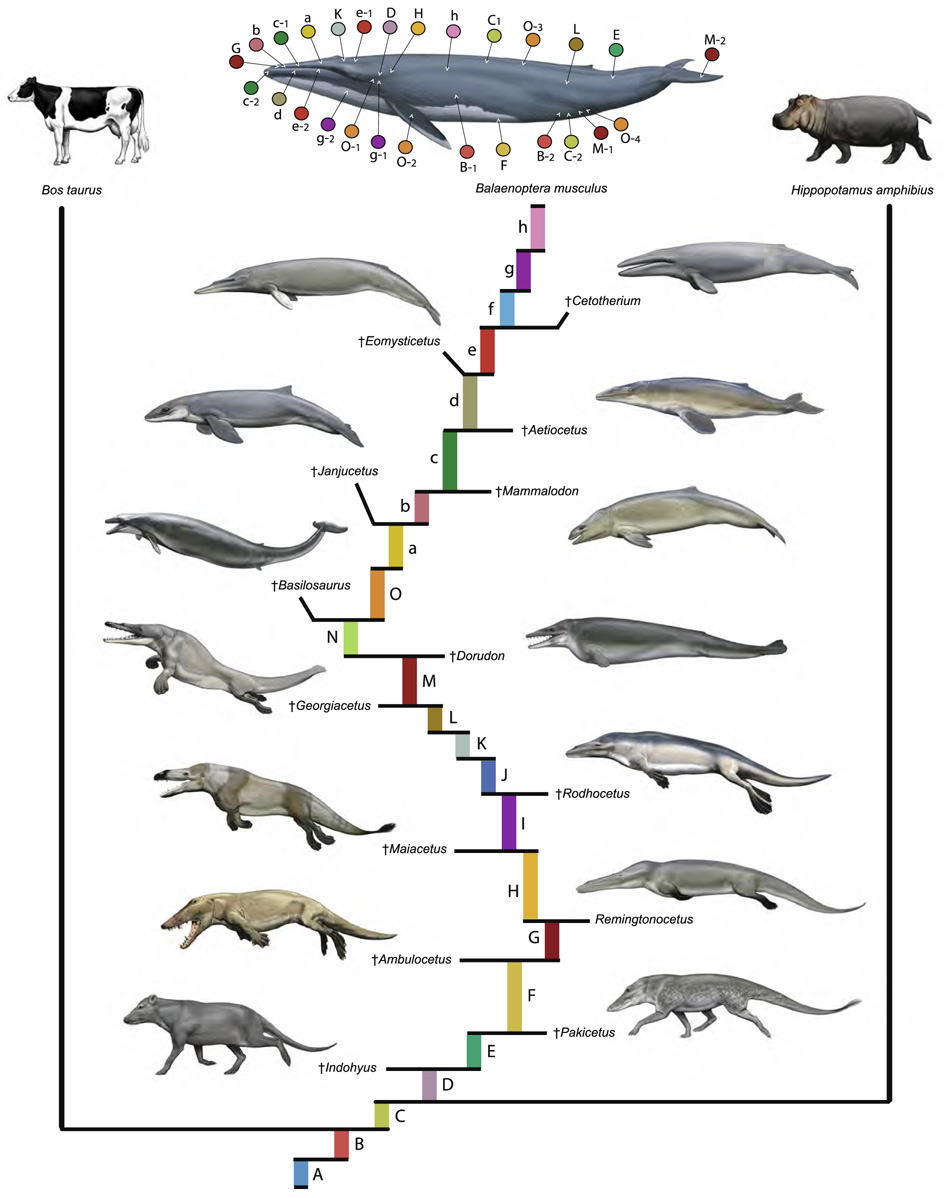Cetology (also known as whale study) is the branch of marine science concerned with the study of cetaceans (whales, dolphins and porpoises). Cetaceans are a widely distributed and diverse group of aquatic mammals that rely on the ocean for their livelihood. They range in size from the massive blue whale—the largest animal known to have ever lived—to the diminutive vaquita, which weighs just a few kilograms.
Most cetaceans live in social groups, or pods, and communicate using a variety of sounds and gestures. Many species are highly migratory, travelling long distances between their breeding and feeding grounds. Cetaceans are an important part of the global ecosystem and play a significant role in marine biogeochemical cycles.
Despite their prominence in popular culture, little was known about cetaceans until relatively recently. Early naturalists such as Aristotle made observations about these animals, but it was not until the 19th century that systematic study of cetaceans began. Since then, much has been learned about their anatomy, physiology, ecology and behaviour. However, there is still much to learn about these fascinating creatures.
Cetology is a relatively young science; its origins can be traced back to 1866 when Austrian naturalist Anton Dornbusch first proposed studying whales scientifically. In the early years of cetological research, scientists were largely reliant on stranded animals for specimens and data. This changed in the 20th century with the development of modern whaling techniques which allowed for large numbers of whales to be killed for scientific study. Unfortunately, this also led to dramatic declines in many whale populations due to over-exploitation by commercial whalers. The International Whaling Commission placed a moratorium on commercial whaling in 1986 which has helped some whale populations recover somewhat; however many remain endangered or vulnerable today.
With the advent of new technologies such as satellite tracking and DNA analysis, cetologists now have more tools at their disposal than ever before for studying these elusive creatures in their natural environment. As our understanding of cetaceans continues to grow, so too does our appreciation for these amazing animals


